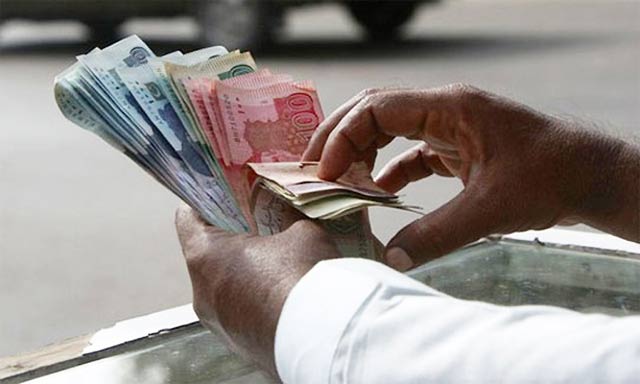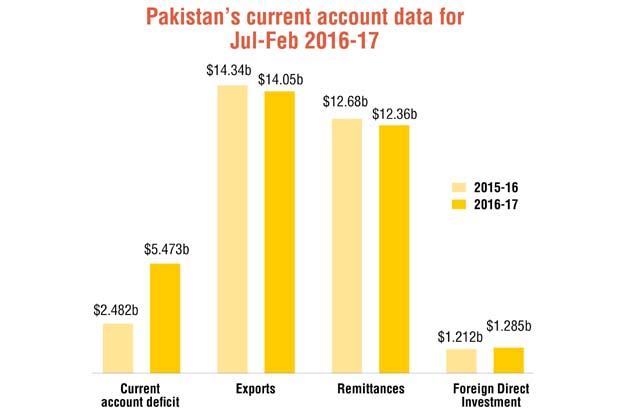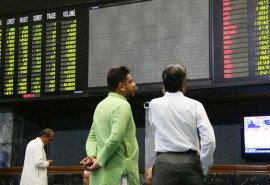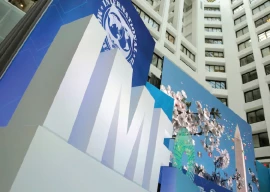
The monumental increase in the deficit suggests that the government has been unable to manage the balance of payments position over the medium and long run.
Balance of payments: Current account deficit widens 92%
With the difference between exports and imports being the biggest determinant of current account balance, a deficit or surplus in the current account reflects whether a country is a net borrower or net lender with respect to the rest of the world.
However, according to experts, there are many positives in the present situation because Pakistan’s economy is being currently led by investments instead of consumption. The country is experiencing more outflows than inflows owing to the ongoing construction phase of the China-Pakistan Economic Corridor (CPEC), which needs heavy and sophisticated machinery for swift work.

Experts believe the situation will change once CPEC starts producing positive returns for the economy.
Pakistan’s current account deficit in fiscal year 2015-16 stood at $3.39 billion. However, the gap in the first eight months (July-February) of the current year has already widened 61% compared to the entire last year’s level.
As a percentage of gross domestic product, the current account deficit rose to 2.6% in the first eight months of 2016-17 as opposed to 1.3% in the same period of last year.
In the same eight-month period, Pakistan exported goods worth $14.05 billion compared to exports valuing $14.34 billion in the comparable period of 2015-16, reflecting a year-on-year decrease of 2%.
However, total imports were valued at $29.45 billion as opposed to $26.47 billion in the comparable period of 2015-16, a significant increase of 11.25%. Balance of trade in both goods and services at the end of first eight months was recorded at negative $17.38 billion compared with the deficit of $13.94 billion in the same period of previous fiscal year.
Worker remittances amounted to $12.36 billion in July-February of 2016-17, down 2.52% from the same period of previous fiscal year, when they totalled $12.68 billion.
Remittances make up almost half of the import bill of Pakistan and cover the deficit in trade of goods accounts. Some experts believe that the slowdown in remittances is a worrying sign for the country because they are under pressure due to global economic slowdown.
Current account deficit expands 63% to $1.76b
Moreover, Pakistan has also been facing low levels of Foreign Direct Investment (FDI) in recent years.
In February 2017, FDI decreased 21% to $123 million compared with the same month of previous year when it amounted to $155 million. Cumulative FDI increased 6% to $1.285 billion in the first eight months of the ongoing fiscal year, compared with $1.212 billion in the same period of previous year.
According to the Board of Investment, Pakistan received a record high FDI of $5.4 billion in fiscal year 2008, but since then the country is struggling to touch even half of the milestone.
Published in The Express Tribune, March 21st, 2017.
Like Business on Facebook, follow @TribuneBiz on Twitter to stay informed and join in the conversation.
1732071267-0/lana-(2)1732071267-0-405x300.webp)
1727242355-0/Diddy-(1)1727242355-0-165x106.webp)

1732063440-0/elon-(3)1732063440-0-165x106.webp)













COMMENTS (1)
Comments are moderated and generally will be posted if they are on-topic and not abusive.
For more information, please see our Comments FAQ